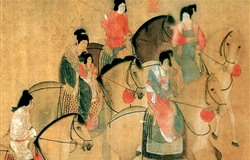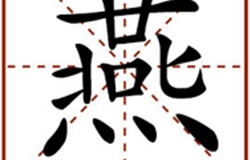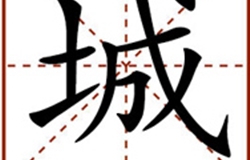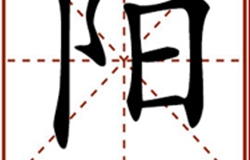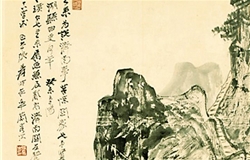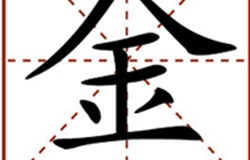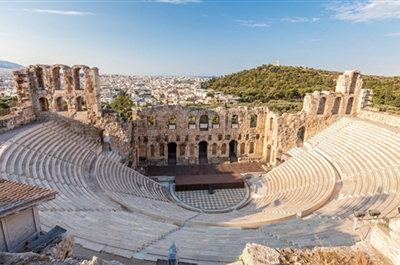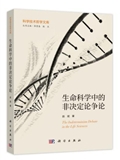Culture
-
“Meeting Foreign Guests” (Left) is a mural from the Tang Dynasty, depicting officers of the Honglu Temple receiving guests from foreig…[详细]11-15-2018
-
Wuling Congtai (Pavilions of King Wuling) was built by King Wuling of Zhao to inspect troops. Photo: NIPIC Since its teaching by Con…[详细]11-08-2018
-
A section of the Great Wall located at Jinshanling, about 140 km northeast of Beijing, is the best preserved part and was built in the Ming Dynas…[详细]11-01-2018
-
Details of “Hiking on the day of Chong Yang” by Zhang Daqian (1899–1983) Chong Yang Festival, or Double Ninth Festival, fall…[详细]10-25-2018
-
Details of a Ming painting named “Thriving Southern Capital,” depicting the prosperity of Nanjing in the late Ming Dynasty (1368&ndash…[详细]10-18-2018
- In 221 BCE, the Qin wars of conquest brought an end to the Warring States Period, a tumultuous era marked by…MORE
- The tradition of painting coffins is deeply rooted in Han culture, and the origin of the lian-bi patterns ca…MORE
- China’s Great Wall dates back as early as to the Spring and Autumn period.MORE
- The Miaodigou culture was viewed as the heyday of painted pottery.MORE
- Xu Zhimo was known for his efforts to set Chinese poetry free from the constraints of its traditional forms,…MORE
-
Let me state that I am against a certain “apologetic” stance taken by the entire field of the humanities r…[详细]

